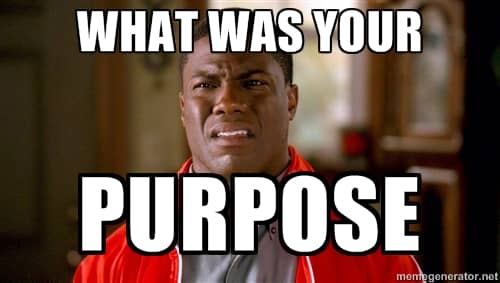Professional emails are to a business what healthy food is to your body, vital! You eat healthy foods to get a stronger body and longevity. Similarly, professional emails are necessary to the fruition and strength of any business.
The ability to communicate thoroughly with neutrally progressive language is imperative to achieving your business or career.
It seems challenging and tricky, but like every healthy habit, consistency is key.
Here is a checklist to cook up a healthy and effective professional piece of art with your own clear and personable touch.

Subject – Perhaps the shortest but most influential part of your email
The subject is what gets the reader to open your email. Too bold and it’s regarded as spam, cheap or unimportant. Too dull and it’s forgotten. Both extremes run the risk of not being read at all. Be specific and hint a reason for their urgent attention. If time sensitive, state a deadline, i.e., “Please reply by [date]”.
Greeting Salutation – Greet your reader accordingly
If the reader is in a different time zone, no need for day-relevant words (morning, afternoon or night). The simplest greeting is “Dear, [name].” or “Hello” If you aren’t sure who your reader is, “ To whom it may concern” is another option (though I don’t recommend it.)
Introduction – Compliments and pleasantry and Introduce yourself (2 sentences)
Begin the body of message reminding them of who you are. “Thank-you”s or “it was great meeting you at [name event]” are subtly pleasant ways of reminding the reader of who you are. Setting a genuine tone at the start your message goes a long way. If you are familiar with your reader, pleasantries such as “ I hope all is well with you and yours,” works wonders.
When introducing yourself for the first time, keep it brief and relevant. If you and the reader are already acquainted, rely on your well crafted signature (at the end) to speak to your current endeavors.
Reason for email – Purpose (1-2 sentences)

This is where your purpose resides. Use the “One Thing” rule. What do you seek and how does it serve your purpose? Brainstorm ideas before you start your email. This way, you can establish why the email is relevant to the reader/recipient, and have it laid out clearly and accurately.
Call of action – What are you asking for?
What actions need to occur to have the mission possible? What do you need from the reader? Be accurate, clear, and reasonable. If it takes longer than two sentences to describe this portion, listing them in bullet point is the best way to go.
Bullet points are easier on the eyes and more importantly easier for your reader to note them down. Remember the one thing rule, how do your call for actions affect your purpose?
Closing message – Close as you started, genuinely (1-2 sentences)
Every email you send should be important. If your email is time sensitive, state a time and date you would like to hear a response, so there;s a sense of urgency.
If it isn’t time sensitive, say so respectfully and tactfully. One such statement is, “I hope to hear from you at your earliest convenience.”
Closing Salutation and signature
To keep things simple, professional closing salutations can be short, “Best”.
Your signature should not exist in the body of your email. Mention your name, title, link to business address and your contact information. This way, you have a short yet effectual platform to speak of your current phones.
So there you have it, a checklist of all the structure that a professional email needs. Whether you are sending this professional email to a client, co-worker or potential employer, this checklist will have you getting responses in a jiffy.

This is a nice spin on a usually boring topic. Thanks for writing this.
I hate it when I get useless work emails. Sending this around to all of my colleagues.
I always worry about the emails I send even after I send them. This is very helpful.
Very important advice. These days an email is often the first impression.